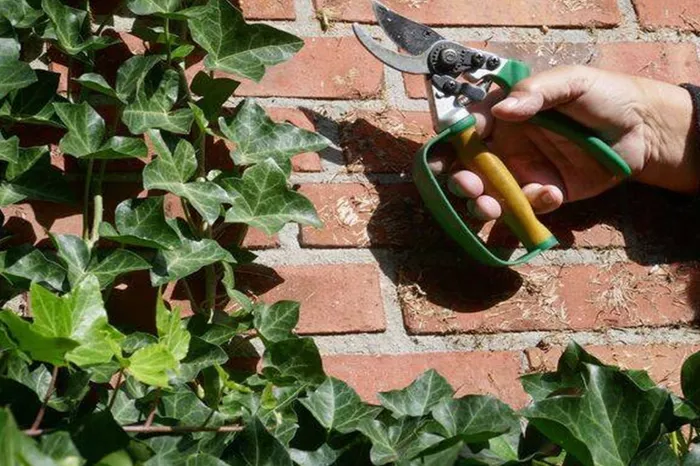English ivy (Hedera helix) is a familiar sight in many UK gardens. As a native species, it is often valued for its ability to provide greenery and cover. However, this hardy plant can pose significant challenges under specific conditions. Understanding its aggressive growth patterns and the problems it can create is essential for effective garden management.
The Aggressive Nature of English Ivy
In regions with mild temperatures and ample moisture, English ivy can become particularly aggressive. When the soil is nutrient-rich, ivy thrives, often outpacing other garden plants. Its rapid growth can overshadow or choke out neighboring species, leading to a lack of sunlight, water, and nutrients for these plants. This competition can result in the decline or even death of less robust flora.
Shade and Structural Damage
One of the most concerning aspects of English ivy is its ability to grow in shaded areas. While this characteristic allows it to spread in places where other plants might struggle, it also contributes to its invasive nature. As ivy climbs up trees and structures, it accumulates weight and foliage density, which can lead to limb weakness. The additional burden increases the trees’ vulnerability to disease and structural damage, creating further complications for gardeners.
The Problem with Aerial Roots
English ivy is equipped with aerial roots that allow it to cling to various surfaces. While these roots enable the plant to ascend trees and walls, they can also invade crevices in buildings, causing potential architectural damage. This invasion is particularly troublesome for homeowners who value the structural integrity of their properties.
Gardening Community Insights
The challenges posed by English ivy have prompted gardeners to seek advice on effective management strategies. Many have turned to social media platforms like Facebook for guidance. In a recent post, a gardener named Steve Cockrill sought help in removing unwanted ivy. Suggestions from fellow gardeners included unconventional methods, such as using household bleach to kill the plant’s roots.
Alternative Removal Strategies
Recommendations for ivy removal have ranged from cutting it at the base to applying bleach directly on the stump. One gardener, AJ Sargent, advised pouring neat bleach over the cut surface and covering it to protect wildlife. Others echoed similar sentiments, sharing their experiences with bleach as an effective means of eradicating invasive ivy.
Conclusion
While English ivy has its place in the ecosystem, its aggressive growth can lead to significant challenges for gardeners in the UK. Understanding its behavior and the potential risks associated with its spread is crucial. For those facing an ivy invasion, seeking advice and employing effective removal strategies can help reclaim garden space and protect other plants. As the gardening community shares insights and experiences, effective solutions continue to emerge, ensuring that gardens remain vibrant and healthy.
Related topics:
- Volunteer Group Organizes Events to Eliminate Invasive Plants
- Hort Report: It’s Time to Clean Your Vegetable Plants and Plant Mums for Fall
- Dealing with Powdery Mildew in Strawberry Plug Plants This Fall: Is Spraying Necessary?


